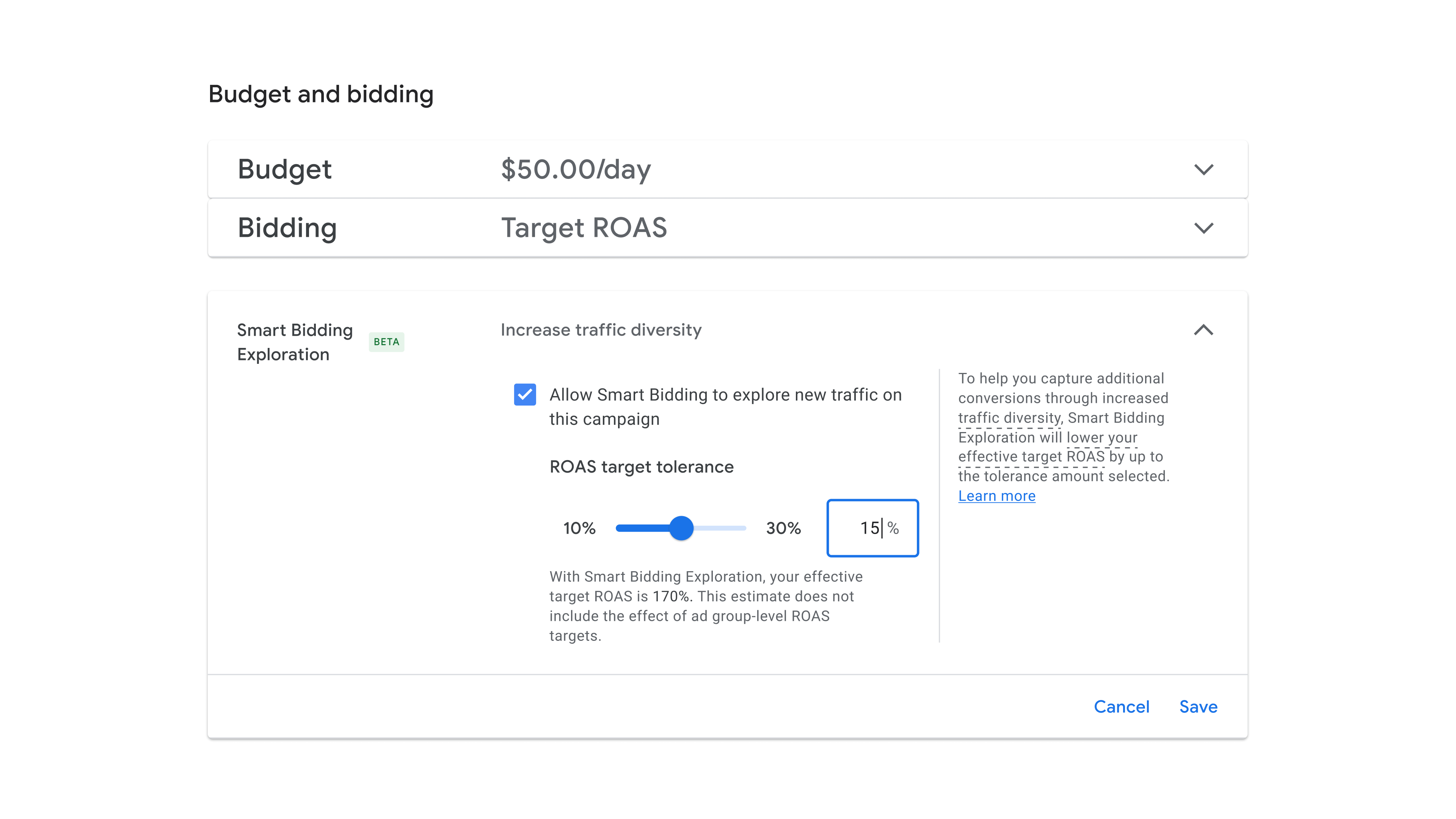Why We Actually Need More Mindless Activities
Staying focused in a world of nonstop work emails and social media notifications is a never-ending challenge. As much as we talk about the importance (and difficulty) of sustained, deep focus, there are other types of attention, all of...


Photo: fizkes (Shutterstock)
Staying focused in a world of nonstop work emails and social media notifications is a never-ending challenge. As much as we talk about the importance (and difficulty) of sustained, deep focus, there are other types of attention, all of which have their usefulness. There’s the creativity that springs from boredom; the comfort of engaging in a mindless, routine activity; and even the satisfaction that comes from powering through a tough—but dreaded—task.
“Attention has typically been thought of as being in two states: focused and unfocused,” said Gloria Mark, a researcher and author of the book Attention Span: A Groundbreaking Way to Restore Balance, Happiness and Productivity. “As it turns out, it’s much more nuanced than that.”
What are the four types of attention?
As Mark and other researchers are discovering, attention has two components: challenge and engagement. Deep focus, which is what we usually think of in regards to attention, involves a high level of engagement and challenge. However, it’s also possible to be challenged but not engaged, or engaged but not challenged, which lead to four different types of attention: focus, rote, boredom, and frustration.
Focus
Focused attention is what we typically refer to when we talk about attention. With focused attention, there’s a level of engagement, where your mind is actively paying attention to something, while it’s also being challenged. “That’s what being in focus is,” Mark said. “If you are focused on something, your mind is working to really understand and comprehend something. There’s a bit of a challenge involved.”
G/O Media may get a commission

$50 off preorder
Ring Car Cam
It's a camera. For your car.
The Ring Car Cam's dual-facing HD cameras capture activity in and around your car in HD detail.
Rote attention
Deep focus involves a high level of engagement and challenge. However, it’s possible to be deeply engaged in doing something, such as scrolling through your Instagram feed, without actually being challenged. This type of attention is called rote attention.
“This is especially relevant in the digital age,” Mark said. “There are so many things on our computers [and phones] that can capture our attention, but we’re not challenged at all. It’s a fundamentally different kind of attention that is being used.”
Boredom
If you aren’t being challenged, and you aren’t actively engaging in something, the result is boredom, which everyone experiences. “When you are bored, you become much more aware of the passage of time,” Mark said. “That’s because we’re not using cognitive resources to be engaged in something. There’s an emptiness in our mind.”
Although we may not enjoy being bored, it can be useful. “Boredom can be quite a painful experience,” Mark said. Depending on how a person tries to relieve the boredom can prompt the switch to focused attention in a number of creative ways including by finding a new or unexpected thing to do.
Frustration
Frustration happens during activities that require a high level of challenge, but little to no engagement. This tends to happen during tasks that are difficult, requiring a high level of attention, but we don’t enjoy. As Mark notes, frustration tends to use up our energy quickly, which is why we try to avoid it at all costs.
How to maximize your attention
As valuable as focused attention is, the reality is that it requires a lot of energy, which means it can’t be sustained for long periods of time. “People have a limited capacity of attentional resources,” Mark said. “You can think of it as our attentional capacity.”
To maximize our attention, Mark recommends finding ways of switching from between focused and rote attention, as a way of using our limited amounts of energy wisely. “If we do focused attention all day, that [energy] drains pretty fast,” she said. “Focused attention requires a lot of cognitive resources. Rote attention involves very little resources, boredom requires very little resources, while frustration requires a lot of resources.”
As Mark advises, rote attention, which doesn’t take a lot of energy, but is very engaging, can be a way of regaining energy. “Even simple, mindless games play a role to help us replenish,” Mark said. “You want to be able to harness your ability to be able to switch your attentional states, and you want to be aware of your personal tank of resources, so that you can switch before it gets too late.”
Replenishing our energy for focused attention can take the form of playing simple games, going for a walk to decompress, or finding another type enjoyable, but mindless activity to do. “The real challenge is you can’t let yourself fall into an attention trap. You want to stay in control, to use focused attention, to use rote attention to replenish, and then to be able to get back into focused attention when you need to,” Mark said.

 Lynk
Lynk 
































